Shiva The Destroyer One Of The Largest Dinosaur Finds In History
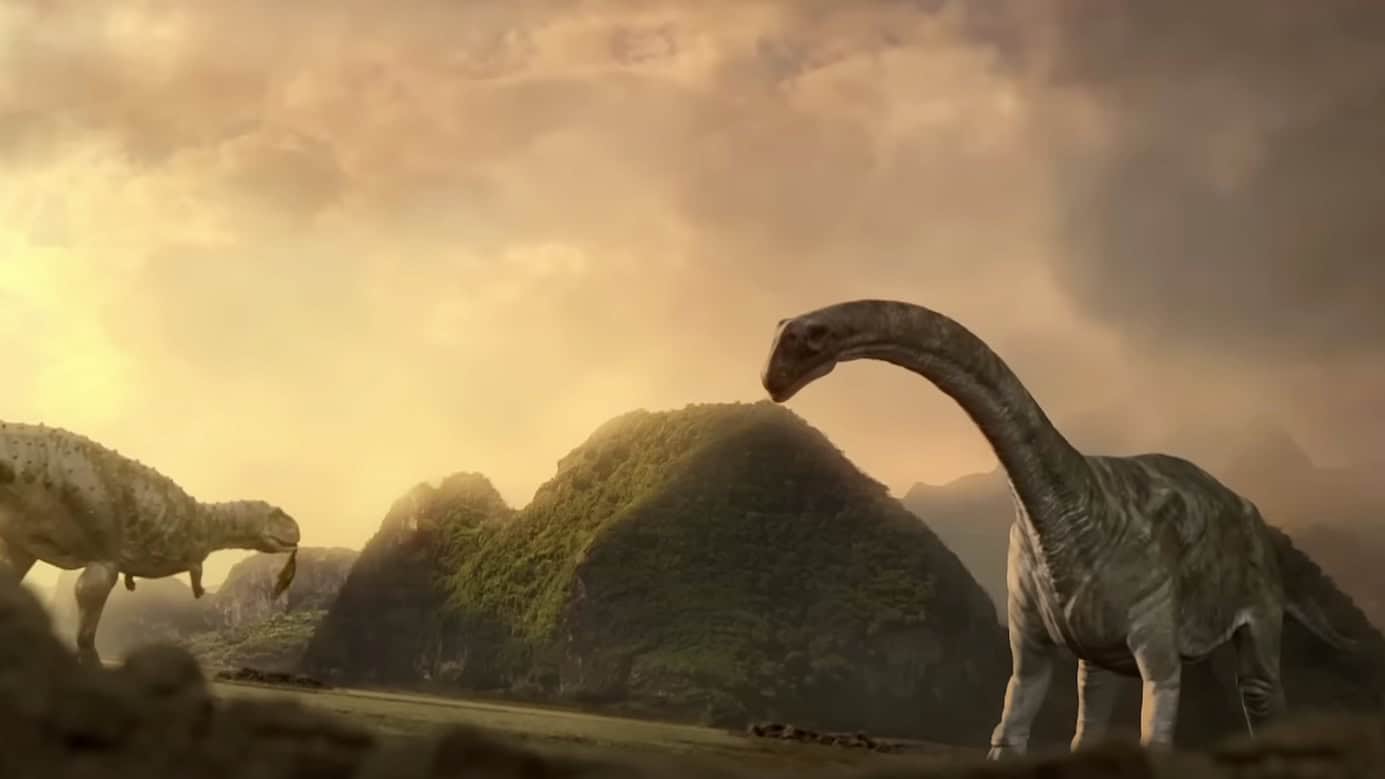
Scientists have discovered a 98-foot-long dinosaur that lived in western Argentina more than 90 million years ago. Named after the Hindu God Shiva, “The Destroyer,” the Bustingorrytitan Shiva co-existed alongside its long-necked megatitanosaur counterparts. Now, researchers are working with an artist to create videos and images of the massive creature.
One Of The Largest Long-Neck Sauropods Ever Documented
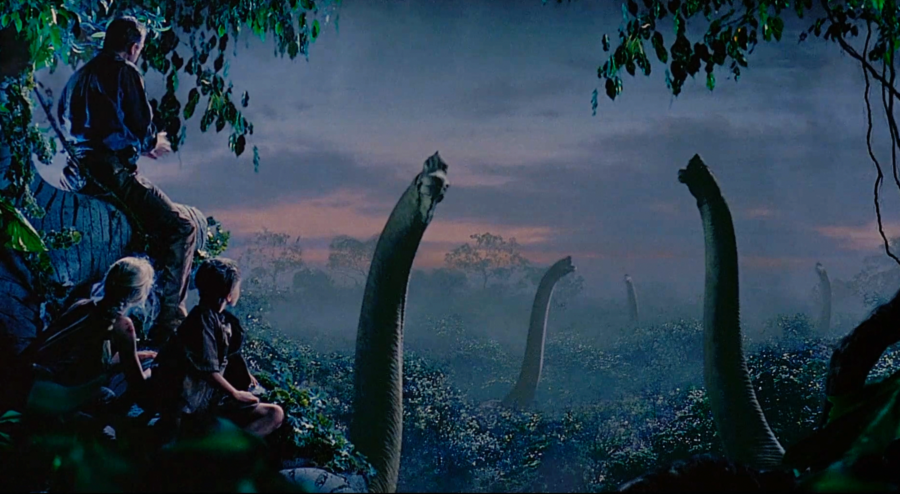
B. Shiva “The Destroyer” is one of the largest Cretaceous titanosaurs (a type of long-necked sauropod) ever recorded. According to a study published in the journal Acta Palaeontologica Polonica, the dinosaur’s estimated weight is 74 tons (67 metric tons). While it isn’t the biggest dinosaur, as the Argentinosaurus still holds that title, B. Shiva was still a powerful part of ancient Argentina’s ecosystem.
As study leader Maria Edith Simon, who led the excavation, stated, the discovery of B. Shiva “The Destroyer” in North Patagonia shows that megatitanosaurs weighing over 55 tons evolved independently within titanosaurs. “In Patagonia, we are still at a stage where we are more likely to find something new than something known, and the unknown is often wonderful,” Simon explained.
Unearthing The Massive Dinosaur Bones
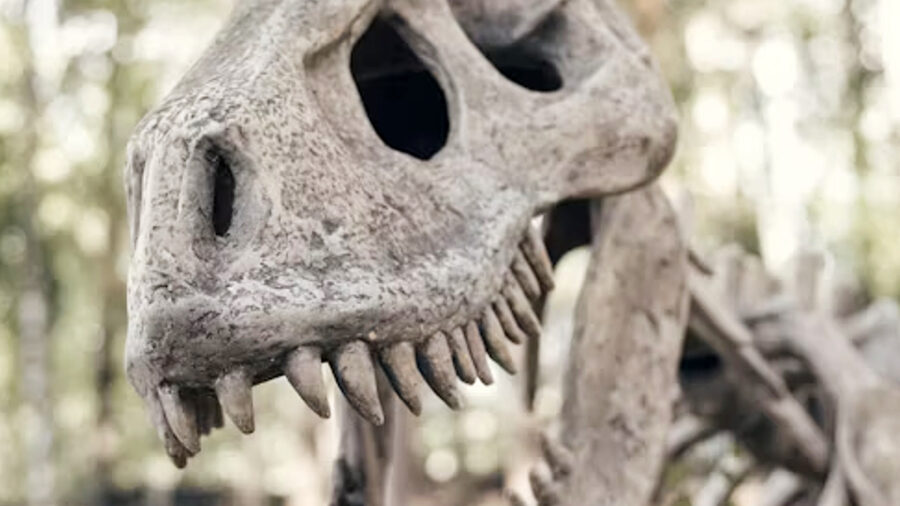
“In the [journal Acta Palaeontologica Polonica], we reported on a sauropod that became a giant, independently of others within their group,” Simon continued. The first fossil of B. Shiva “The Destroyer” was found on farm land belonging to Manuel Bustingorry in Neuquen Province in 2000. At the time, Simon was based at the nearby Ernesto Bachmann Paleontological Museum.
“When we arrived at the site, it was really exciting,” Simon added about the B. Shiva “The Destroyer” fossil. “The bone was broken, but it looked like a tibia.” The discovery of the leg bone was only the start. Scientists eventually uncovered the fossils of at least four dinosaurs from the newly discovered species, which included one nearly complete skeleton and three other partially preserved specimens.
Naming Shiva The Destroyer
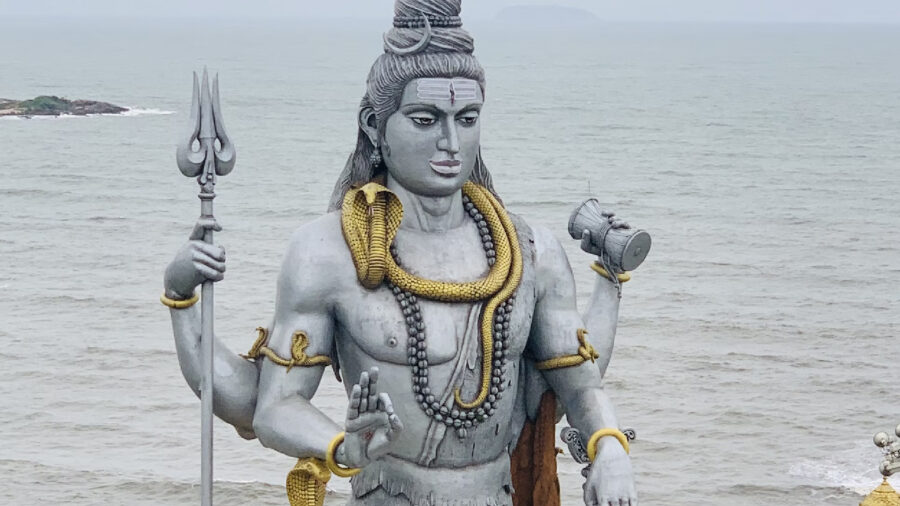
B. Shiva “The Destroyer” originated in the Huincul Formation, dating back 93 to 96 million years, where Argentinosaurus fossils were also discovered. However, the bones had features not seen in known sauropod species, such as unique crests on the humerus and femur. The latest research indicates that during the middle of the Cretaceous period, two groups of titanosaurs lived together in North Patagonia.
The genus name, “Bustingorrytitan,” honors farmer Manuel Bustingorry and combines it with “titan” from Greek mythology. The species name “Shiva The Destroyer” refers to the supreme deity of Shaivism, symbolizing destruction and transformation, chosen because B. Shiva lived during a time of extinction and renewal.
The Sauropod Extinction
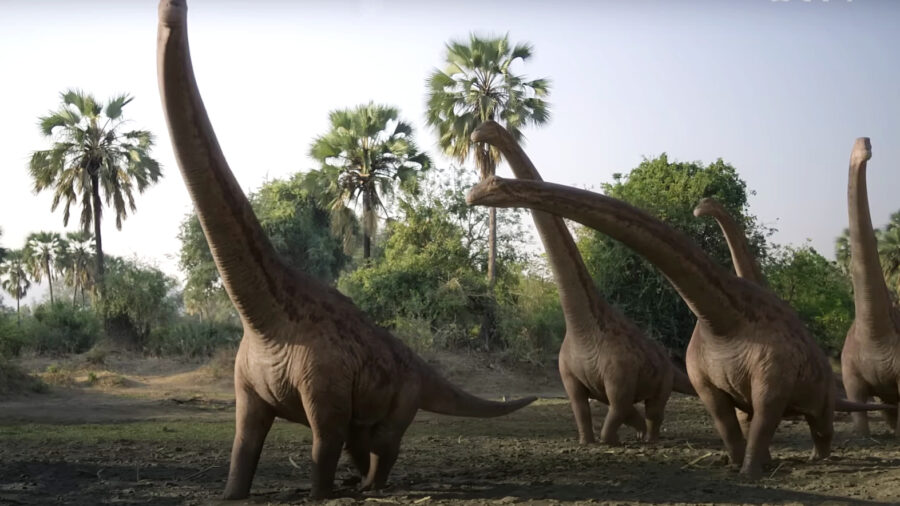
During a turnover event in the mid-Cretaceous, early diplodocoid sauropods and some titanosaurs went extinct. Although much remains unknown about B. Shiva “The Destroyer’s” fate, some of its saltasauroid relatives survived the turnover and lived until the end of the Cretaceous, when the asteroid impact led to the extinction of non-avian dinosaurs.
The sauropod diversity in the Cenomanian-Turonian interval (100 to 90 million years ago) in the Neuquén Basin is expressed not only in terms of body size but also in terms of dental morphology, which may have been possible by a process of niche partitioning. Towards the Cenomanian-Turonian, a global faunal turnover marked basal diplodocoid extinction and specific lineages of titanosaurs.
An Important Discovery
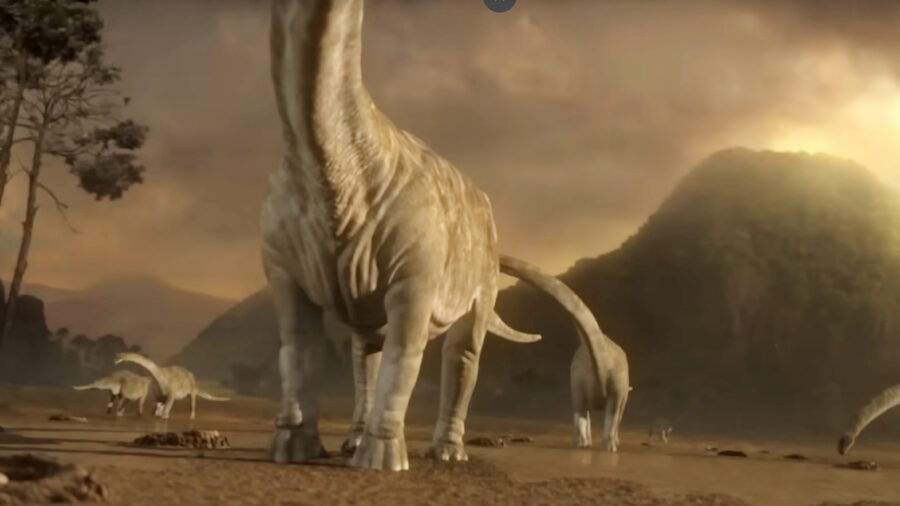
However, some saltasauroid and lognkosaur lineages survived until the end of the Cretaceous. Among the latter are the gigantic titanosaurs, such as Notocolossus Gonzalezparejasi. The discovery of B. Shiva “The Destroyer’s” provides evidence that gigantism (evolution of forms over the 50 metric tons) would have been an important component of the Cretaceous dinosaur faunas of Patagonia, for almost 50 million years.
Source: Live Science












